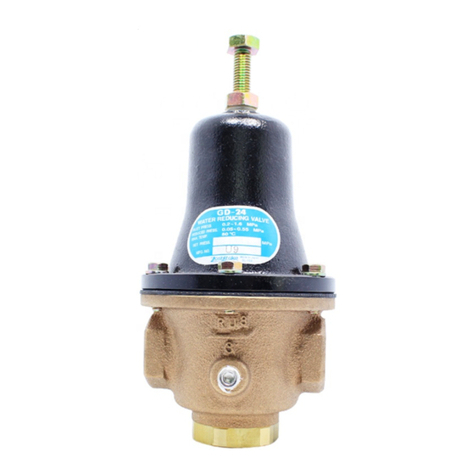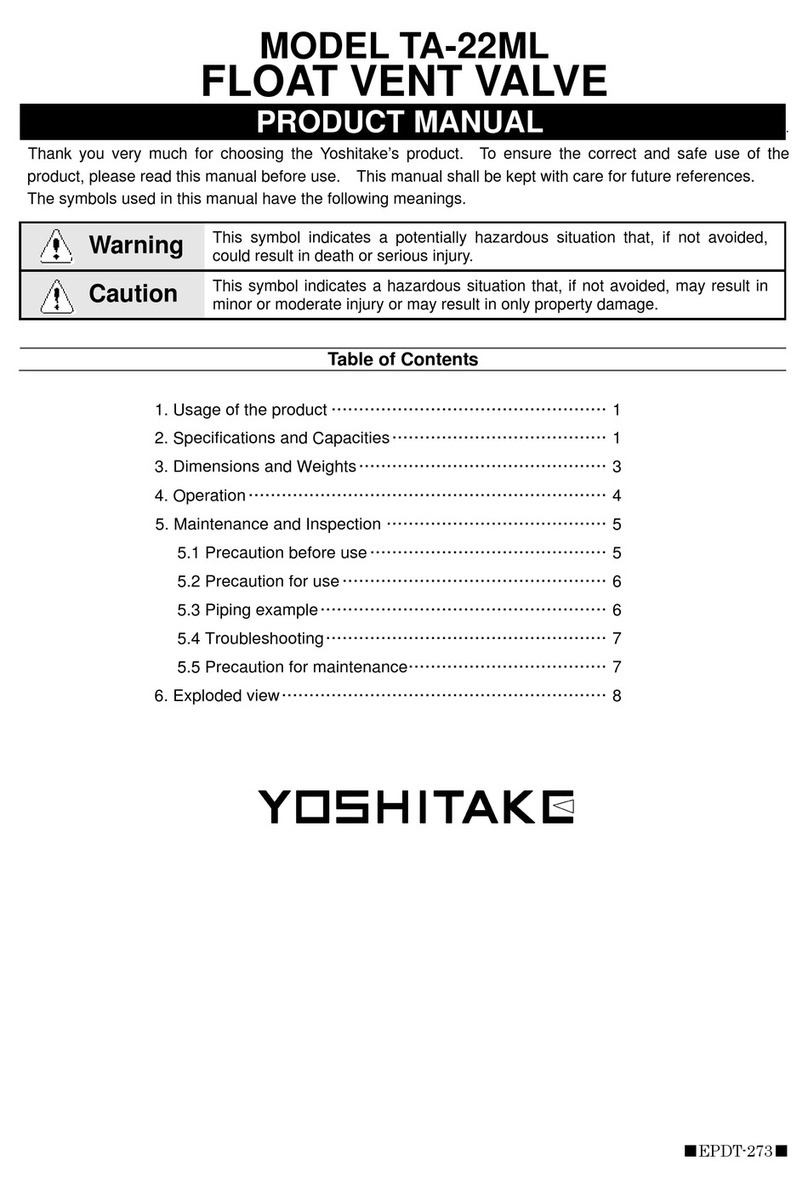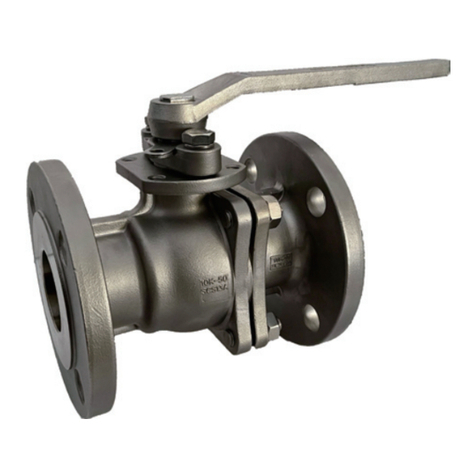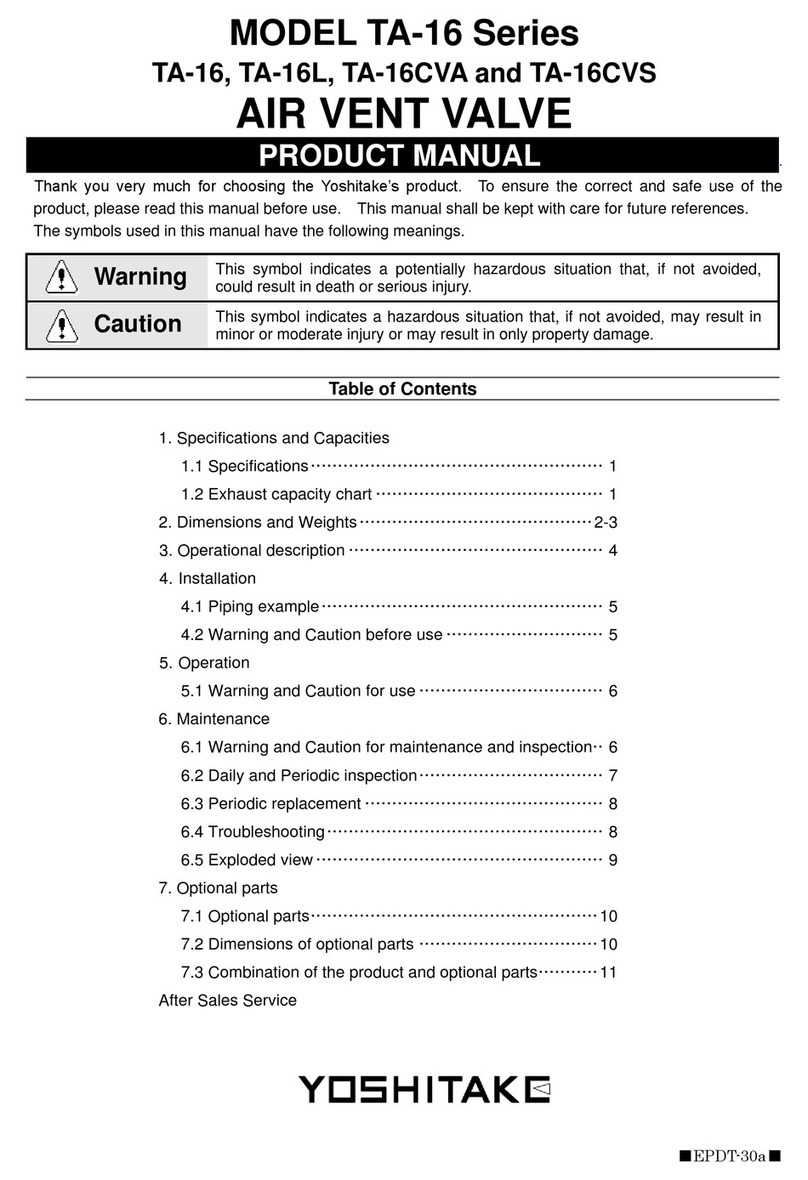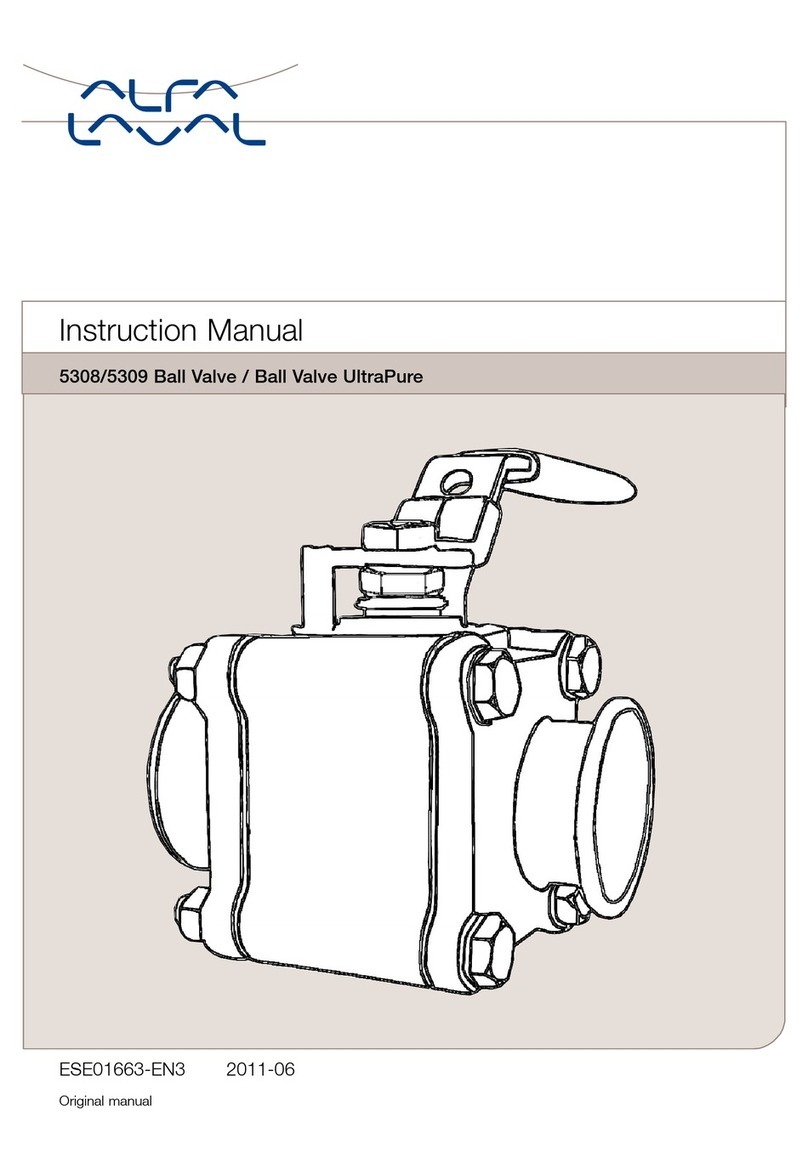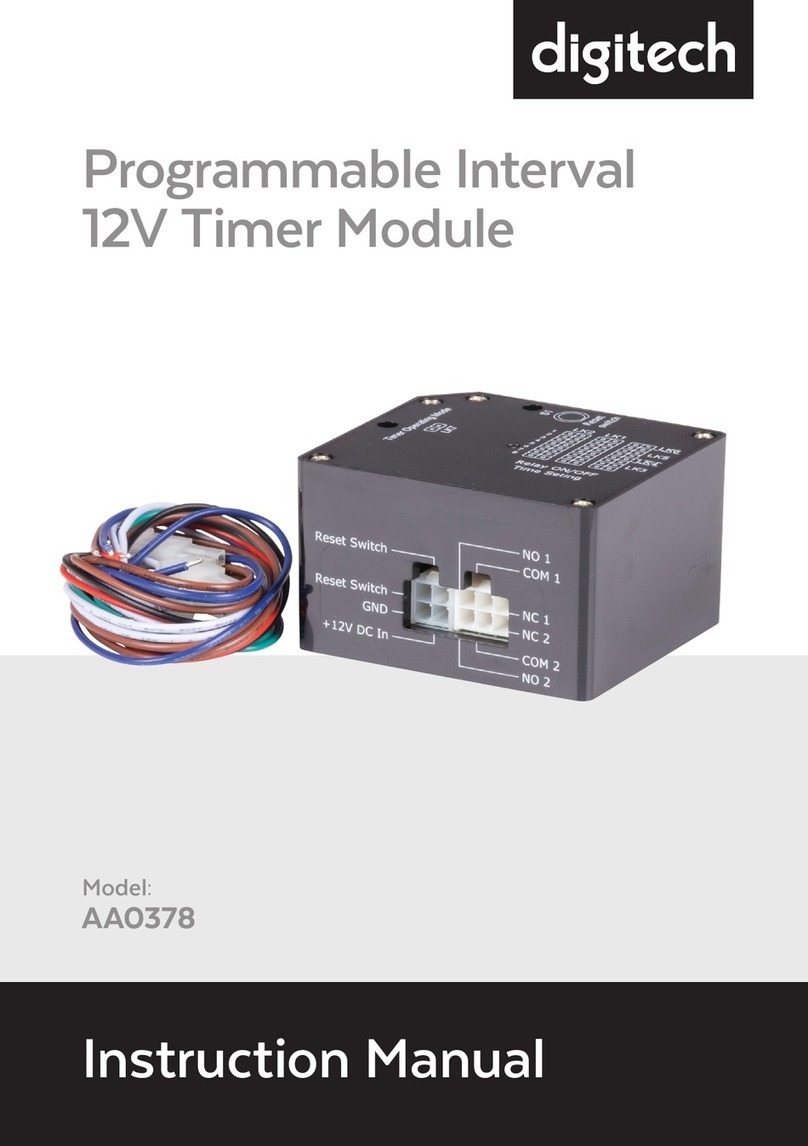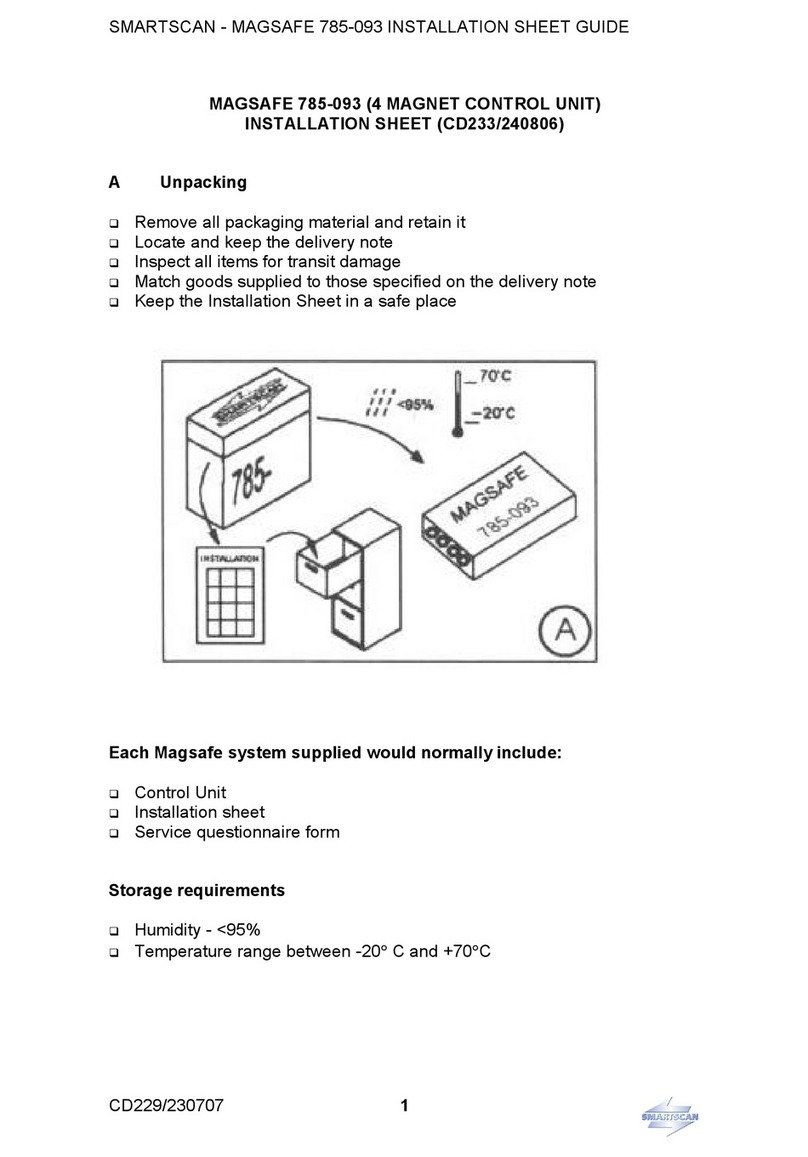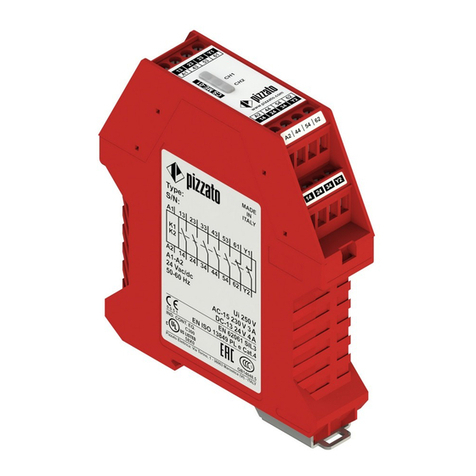Yoshitake GDK-2000 User manual


















Table of contents
Other Yoshitake Control Unit manuals
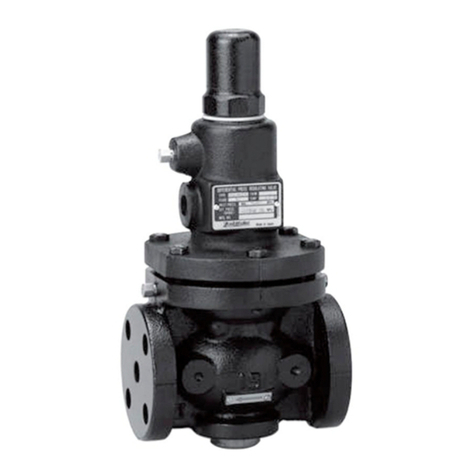
Yoshitake
Yoshitake GD-21 User manual
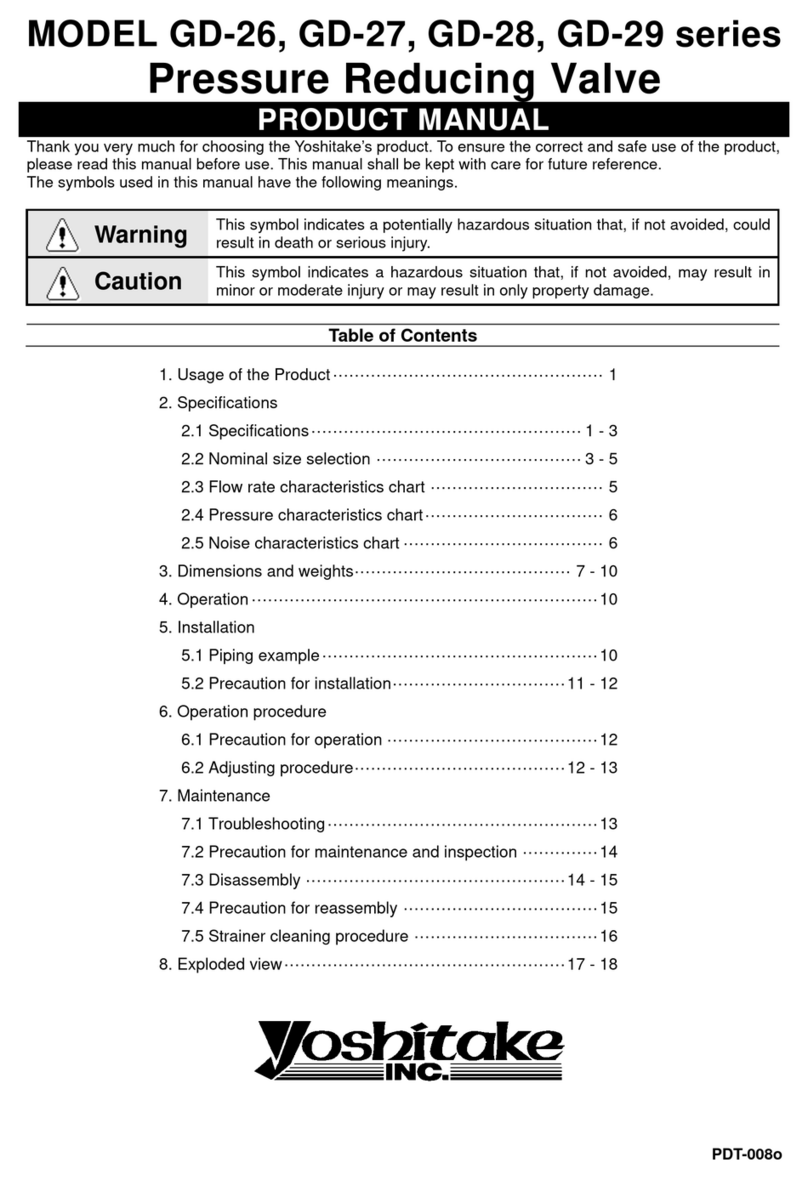
Yoshitake
Yoshitake GD-26 Series User manual
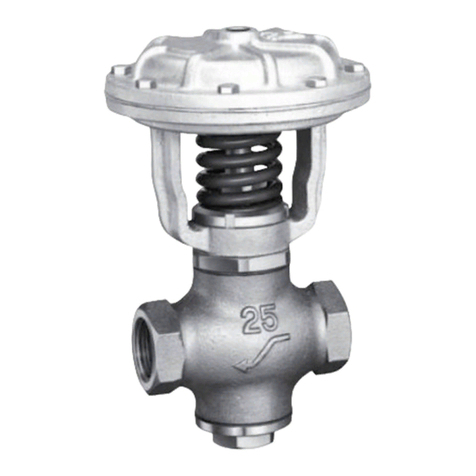
Yoshitake
Yoshitake PD-1 User manual
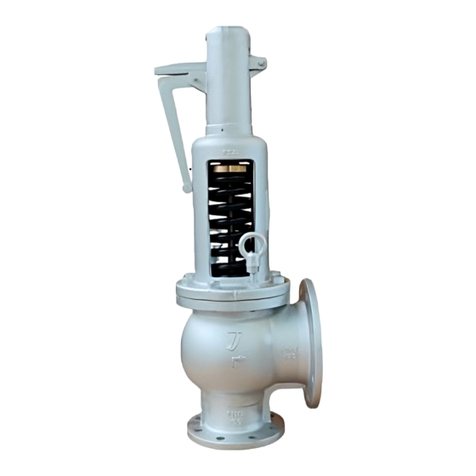
Yoshitake
Yoshitake AF-10EN User manual
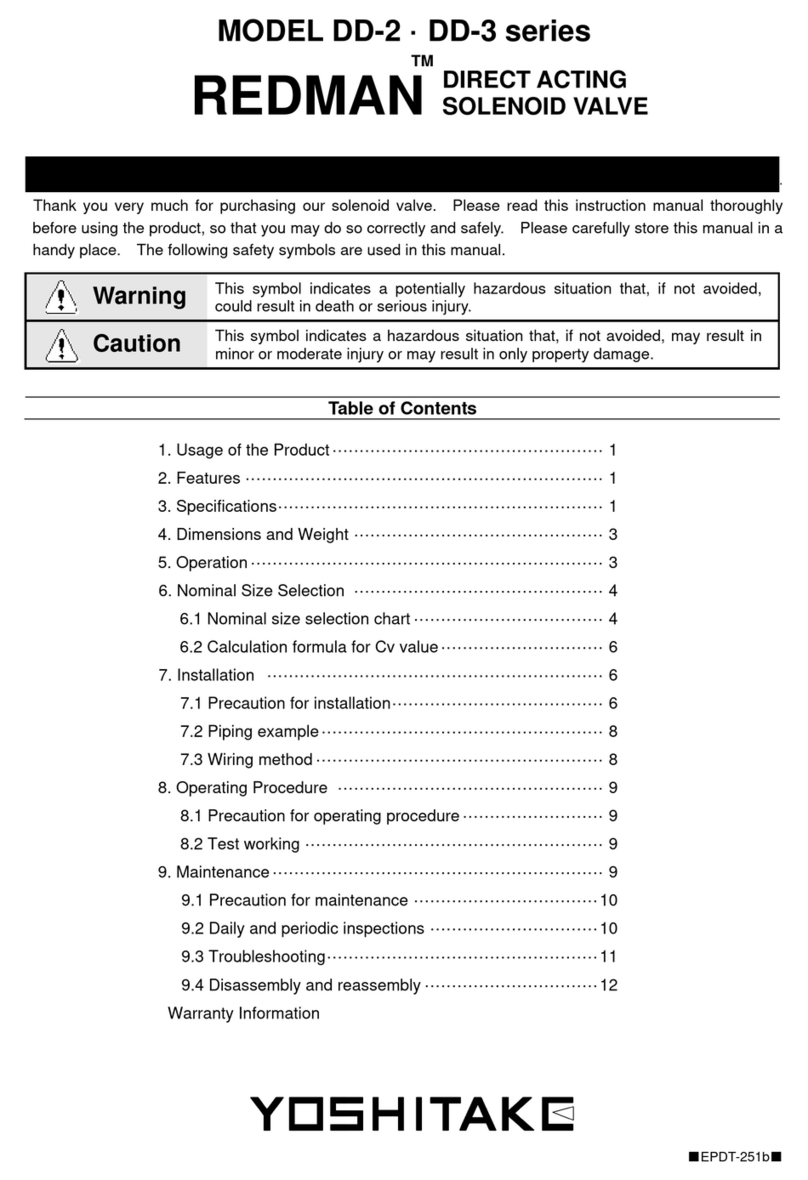
Yoshitake
Yoshitake REDMAN DD-2 Series User manual

Yoshitake
Yoshitake AL-27 User manual

Yoshitake
Yoshitake AL-32 User manual
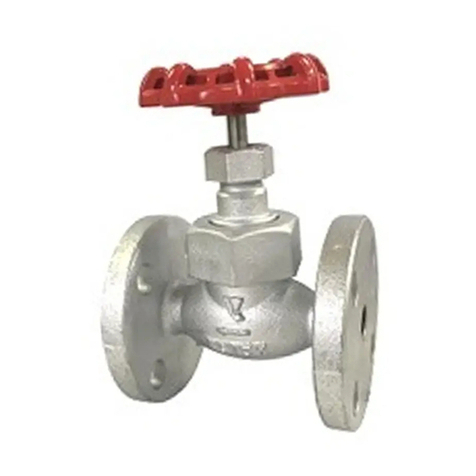
Yoshitake
Yoshitake GLV-10F User manual
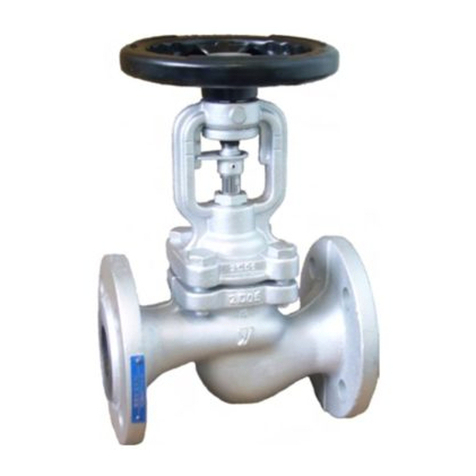
Yoshitake
Yoshitake BSV-10F User manual
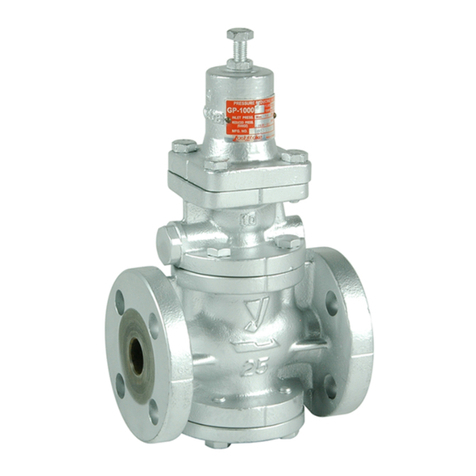
Yoshitake
Yoshitake GP-1000 User manual
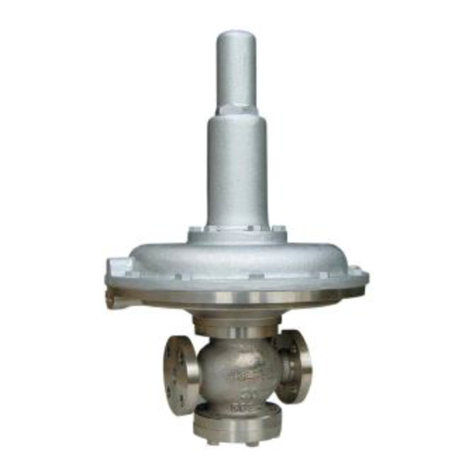
Yoshitake
Yoshitake GD-400 User manual
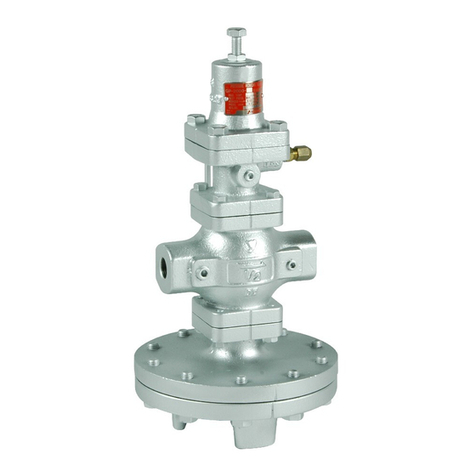
Yoshitake
Yoshitake GP-2000 User manual

Yoshitake
Yoshitake GD-28S-NE User manual

Yoshitake
Yoshitake AL-150 Series User manual
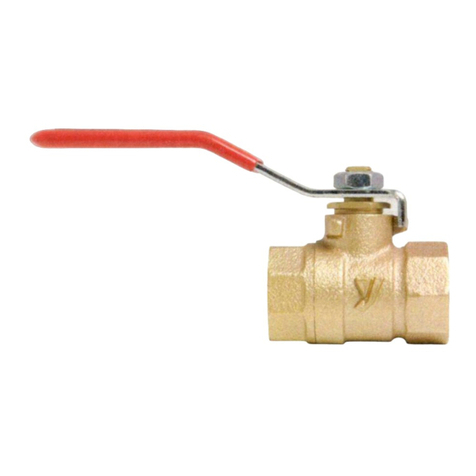
Yoshitake
Yoshitake BLV-1 User manual
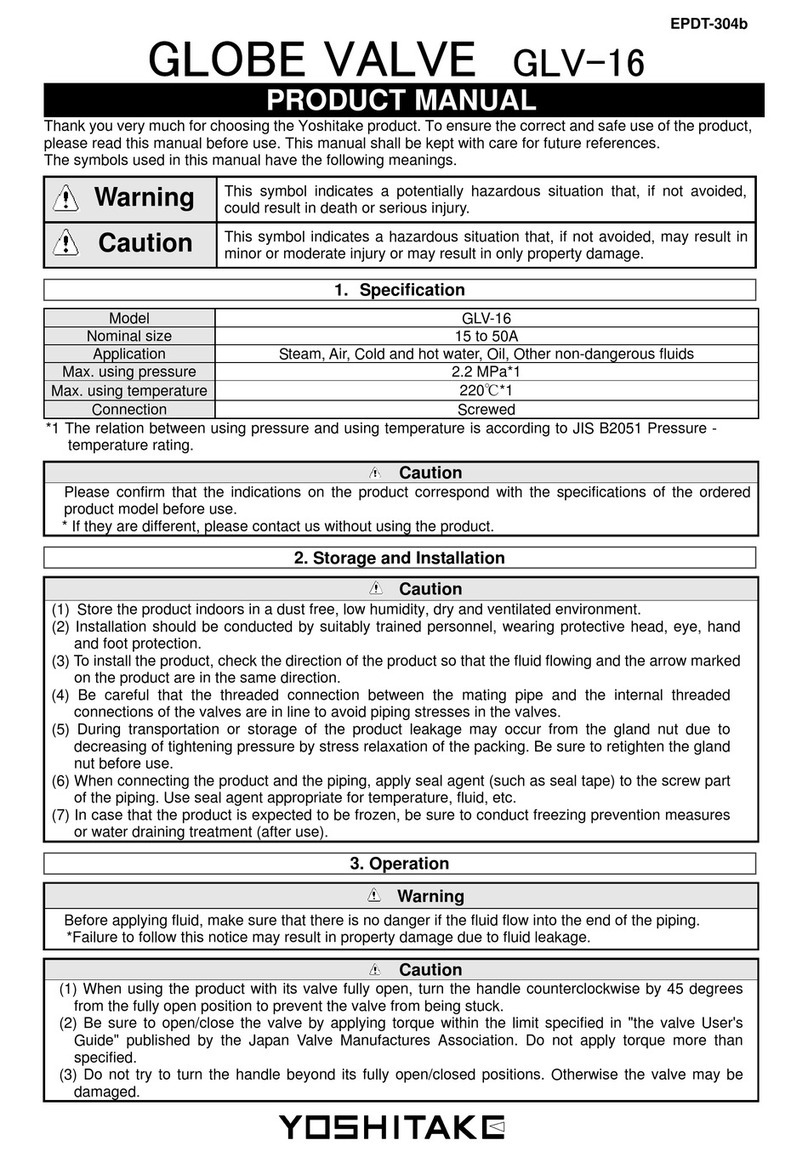
Yoshitake
Yoshitake GLV-16 User manual
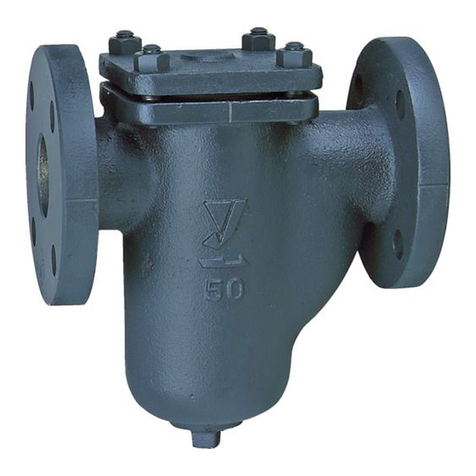
Yoshitake
Yoshitake SU-20H User manual
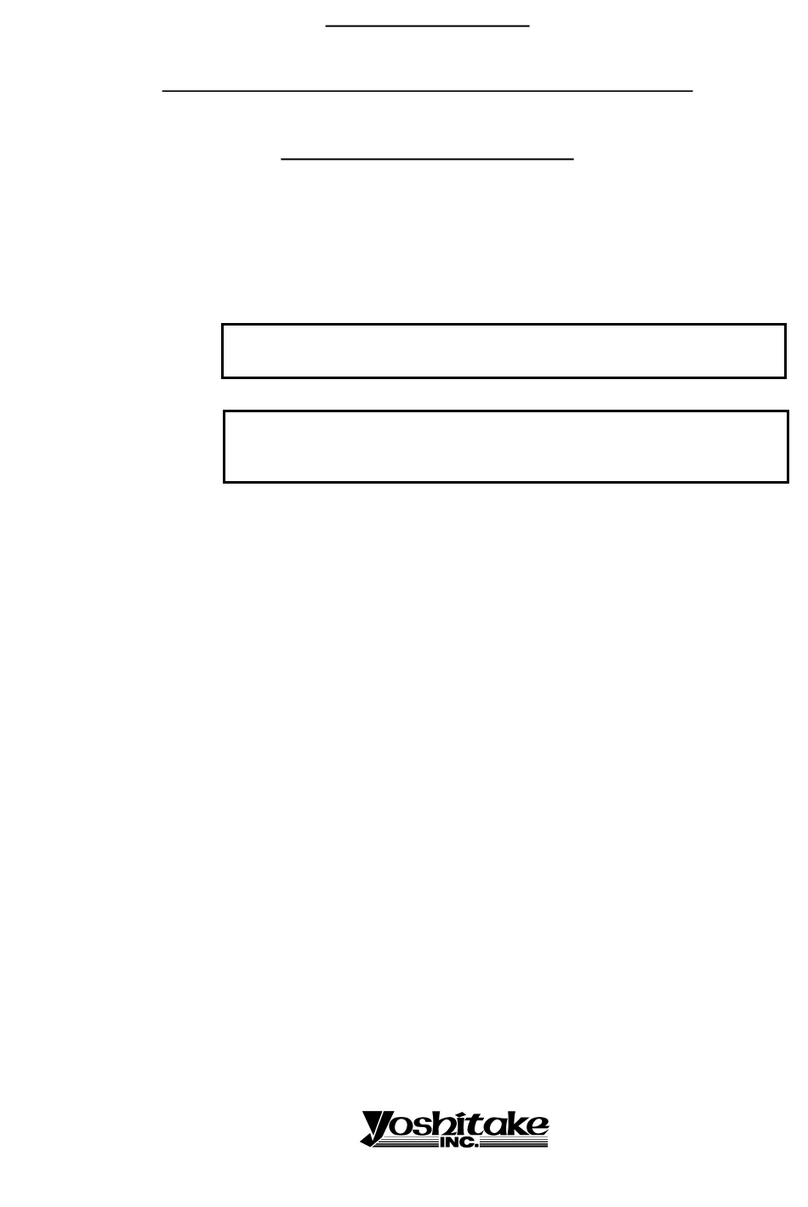
Yoshitake
Yoshitake AF-7 User manual
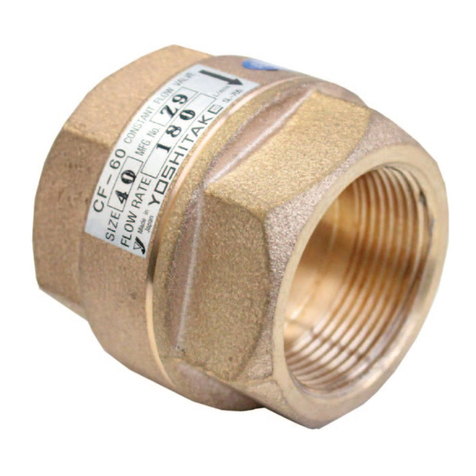
Yoshitake
Yoshitake CF-60 User manual
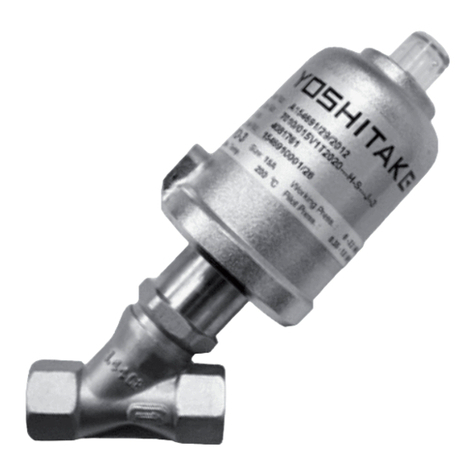
Yoshitake
Yoshitake PD-3 User manual
Popular Control Unit manuals by other brands
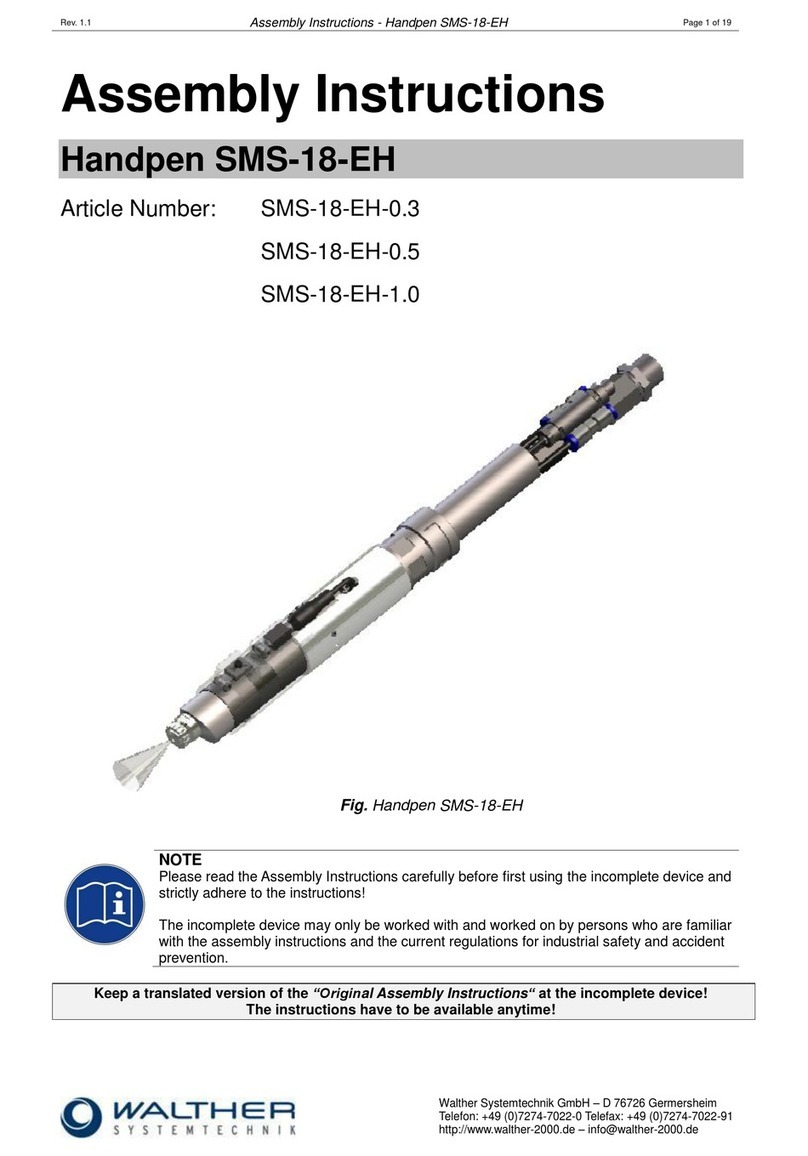
Walther Systemtechnik
Walther Systemtechnik SMS-18-EH Assembly instructions
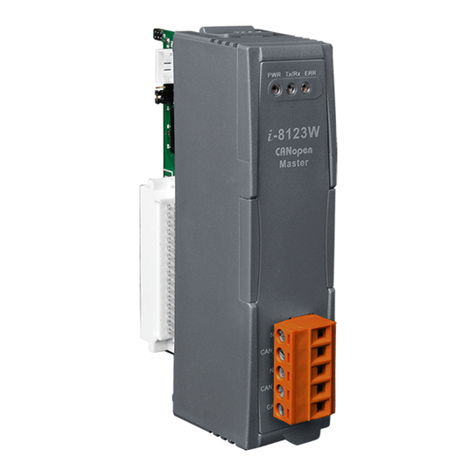
ICP DAS USA
ICP DAS USA I-8123W Quick start user guide
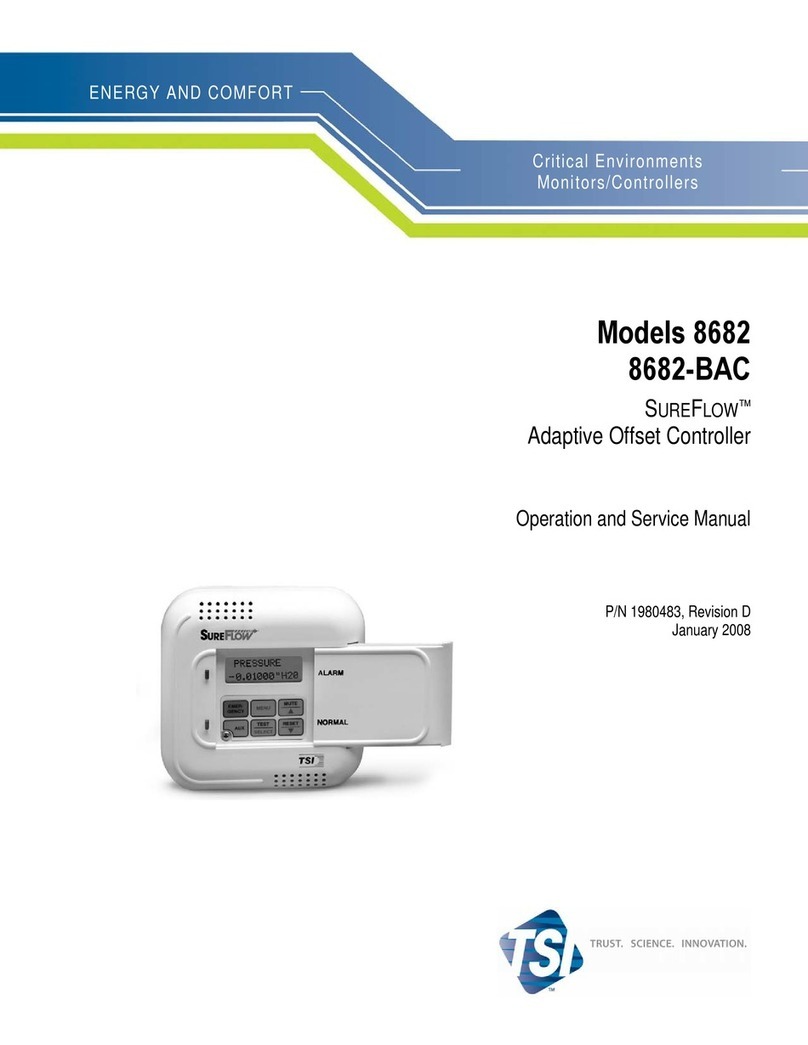
TSI Instruments
TSI Instruments SUREFLOW 8682 Operation and service manual
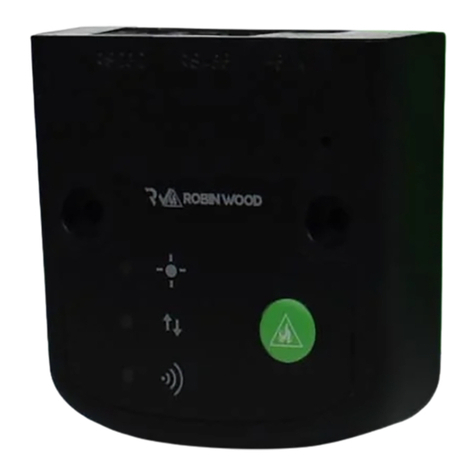
ROBIN WOOD
ROBIN WOOD SMARTFIREModule manual
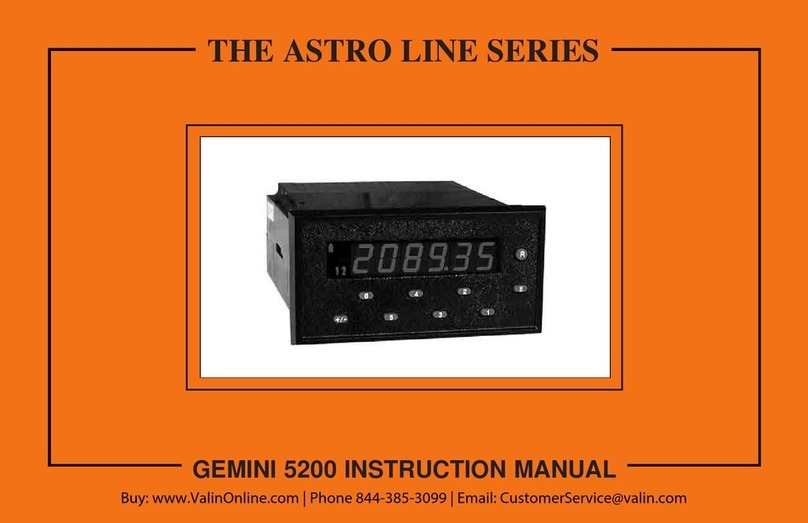
red lion
red lion Gemini 5200 instruction manual
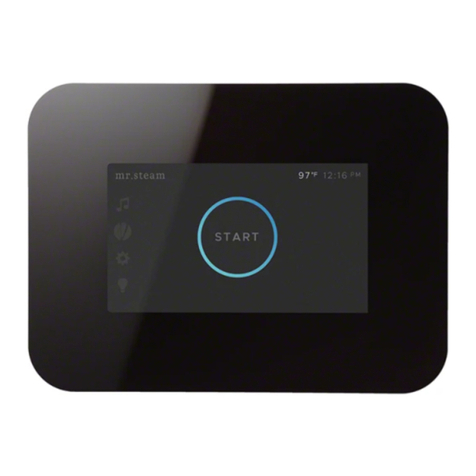
mr. steam
mr. steam iSteam 3 Control Installation, operation & maintenance manual
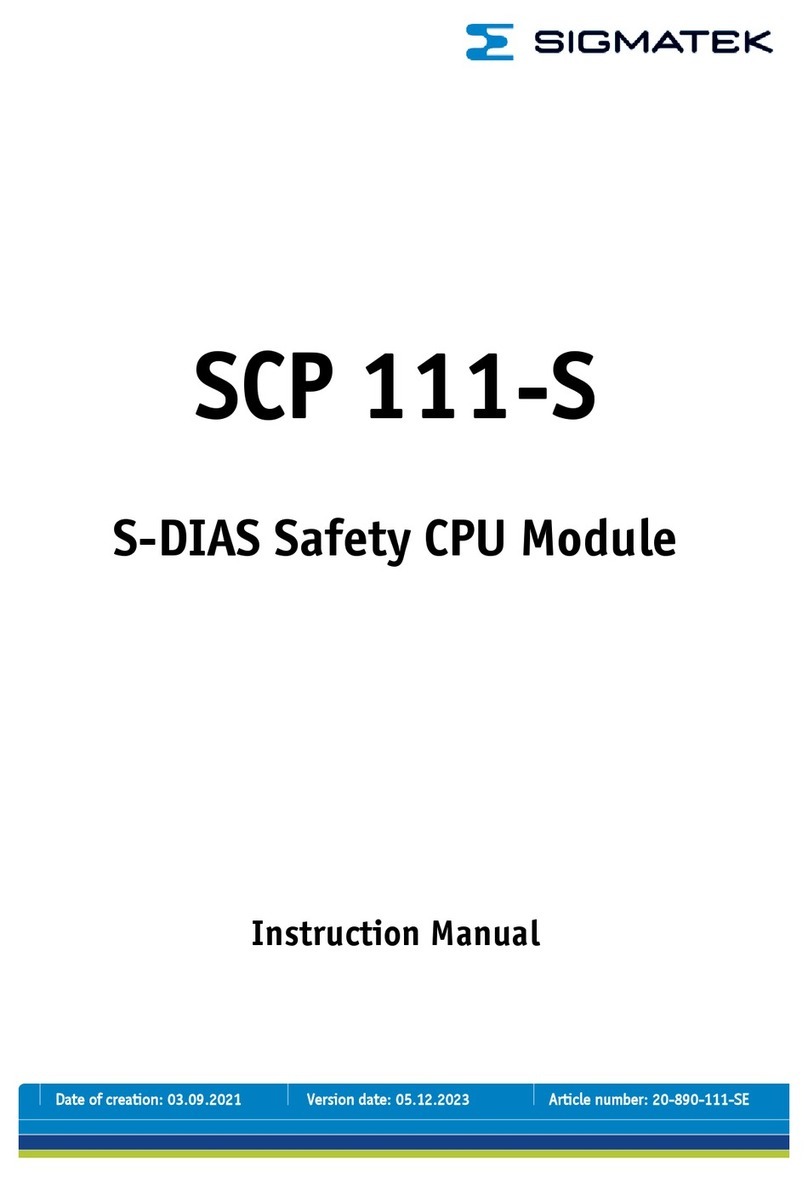
SIGMA TEK
SIGMA TEK SCP 111-S instruction manual

Bray
Bray 19L Series Installation, operation and maintenance manual
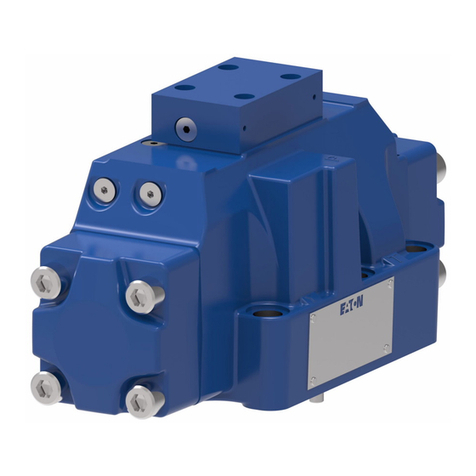
Eaton
Eaton Vickers DG3V-8 Series Overhaul manual
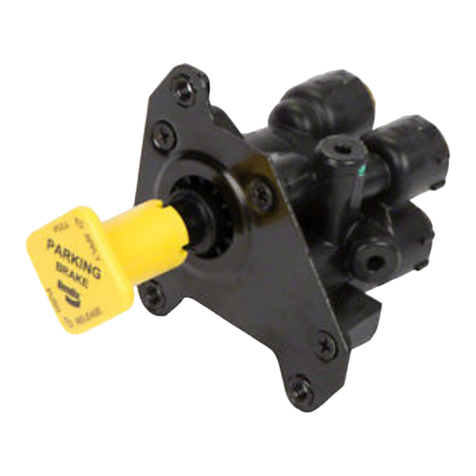
BENDIX
BENDIX PP-DC PARK CONTROL VALVE manual
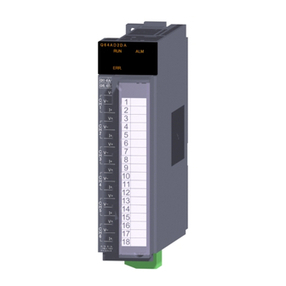
Mitsubishi Electric
Mitsubishi Electric Q64AD2DA user manual
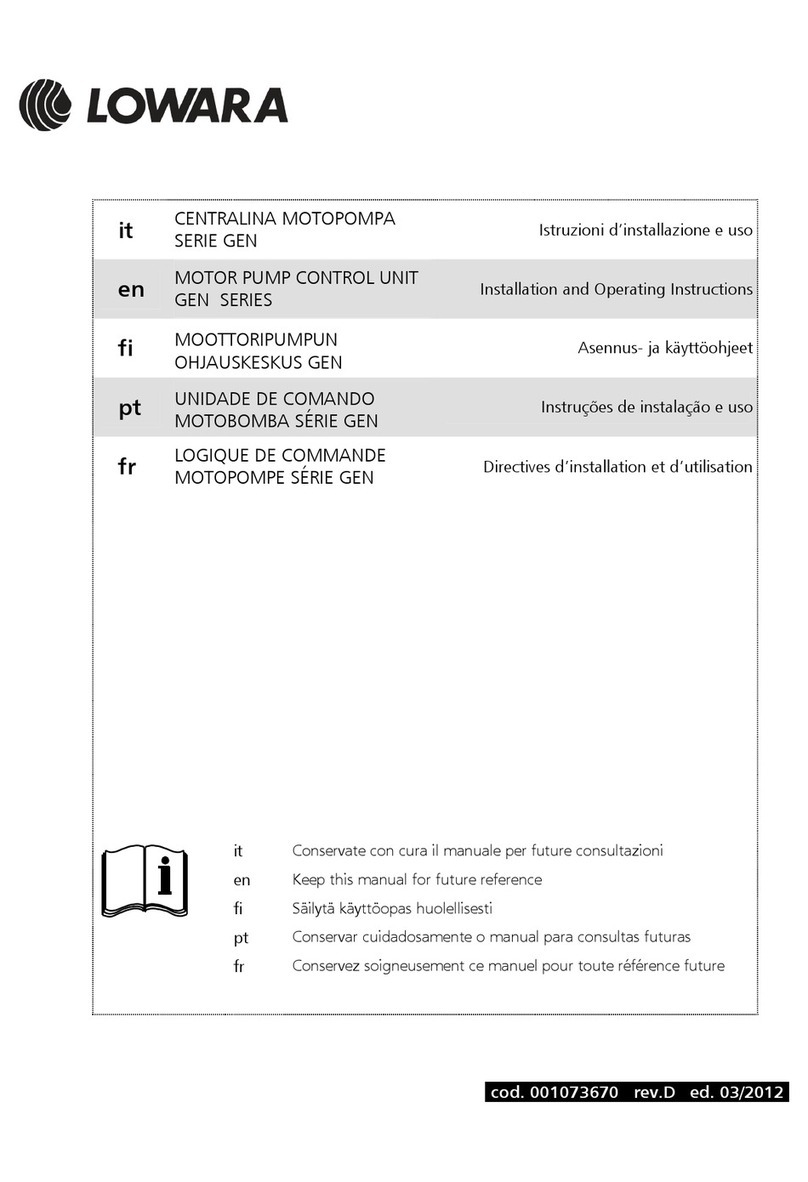
Xylem
Xylem Lowara Gen Series Installation and operating instructions
